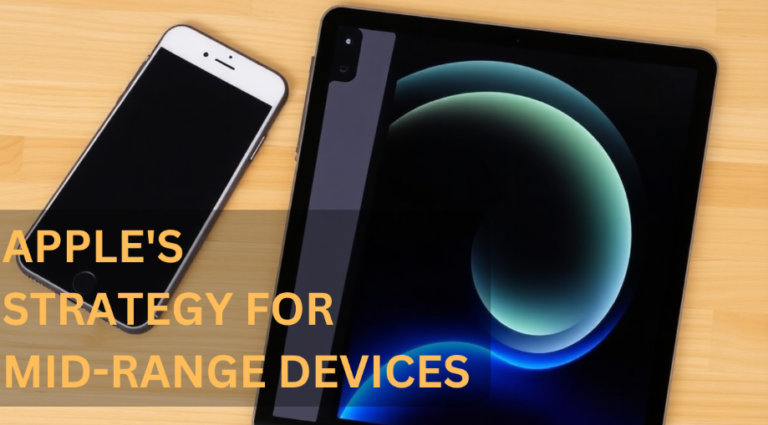Common Mistakes That Ruin LiPo Batteries (And How to Avoid Them)
Ah, the LiPo battery—small in size, mighty in power, and temperamental as a diva on opening night. If you’ve dabbled in drones, RC cars, electric skateboards, or DIY robotics, chances are you’ve already made its acquaintance. But if you’re new to this high-voltage partnership, consider this your friendly warning: LiPo batteries are not the “set-it-and-forget-it” type. These high-performance power packs need care, precision, and above all, respect.
Get it right, and your LiPo battery will reward you with long run times and reliable performance. Get it wrong, and you could be looking at a bloated, crispy fire hazard—or, at the very least, a costly paperweight. Let’s explore the six most common sins of LiPo battery use and learn how to avoid them like the plague.
1. Overcharging: The Shortcut to Smoky Regret
Imagine your RC LiPo battery as a glass of water. Fill it just to the brim—perfect. Overfill it? Now you’ve got a mess on your hands. The same applies to voltage. Each cell in a LiPo battery should not exceed 4.2 volts. Go over that, and you’re playing with fire—literally. Overcharging can cause swelling, hissing, or the dreaded puff of doom that turns your prized gadget into toast.
Yet, in a rush to juice up before the next drone race or FPV flight, many users still plug in without thinking. The fix? Always use a smart balance charger with overcharge protection and a fire-resistant charging bag. And please, don’t walk away while it’s charging. That quick coffee break might cost you your garage.
2. The ‘Fully Charged and Forgotten’ Fiasco
Let’s say you fully charged your LiPo battery on Friday night, planning to hit the skies Saturday morning—but then it rained, and the mission got scrubbed. “No big deal,” you think. “I’ll fly next weekend.” Meanwhile, your battery is sulking in the corner, slowly deteriorating in silence.
Storing a LiPo battery at full charge for days or weeks is like keeping your car engine running while parked—it drains life. Chemically speaking, high voltage plus idle time equals faster degradation. The solution? Discharge to storage voltage—typically 3.7 to 3.85 volts per cell—using the storage mode on your charger. It’s the battery equivalent of tucking it into bed with a warm blanket and a good book.
3. Discharging Too Far: When ‘Empty’ Means ‘End of Life’
Your device starts to sputter. The throttle weakens. The LED lights blink in surrender. “I can squeeze in one more lap,” you tell yourself. Don’t. This is where dreams go to die. Running a LiPo battery below 3.0 volts per cell can cause irreversible internal damage.
Why? Because, unlike NiMH or alkaline batteries that forgive a bit of overuse, LiPos hold grudges. They don’t just bounce back after hitting rock bottom. They stay there. The best defense is offense: use low-voltage alarms or configure your device’s ESC (Electronic Speed Controller) to cut off before the danger zone. Your battery will thank you, and so will your wallet.
4. Mismatched ESCs: The Bad Date That Ends in Sparks
Pairing a LiPo battery with an incompatible ESC is the electronics equivalent of going on a blind date and realizing your “match” hates everything you love—including stability. A too-weak ESC will overheat and shut down; a too-powerful one can pull current than your battery simply can’t deliver, leading to damage—or kaboom.
When selecting an ESC, always consider your LiPo battery’s voltage (S-rating) and discharge rate (C-rating). Use an online calculator or a community forum to double-check compatibility. Or think of it this way: your battery is the heart, the ESC is the brain, and your motor is the muscle. If those parts don’t sync, your whole system flatlines.
5. The “I’ll Just Toss It in the Drawer” Mistake
Don’t let the compact size fool you—LiPo batteries are picky about their environment. Heat, cold, moisture, or even just bad vibes can degrade them. Leaving your battery in a hot car, a damp garage, or a sunlit shelf is a surefire way to warp, puff, or even ignite your pack.
Instead, store your LiPo battery like it’s a prized collectible:
- In a fireproof LiPo safe bag or ammo box
- At storage voltage
- In a cool, dry, room-temperature area
Also, get into the habit of inspecting your batteries regularly. If one looks bloated, smells strange, or has a puncture, do not use it. Recycle it through a proper battery disposal program. LiPo batteries are powerful but not immortal—respect their limits.
6. Skipping Balance Charging: The Silent Saboteur
Think of your multi-cell LiPo battery as a team of sprinters. If one cell runs faster or slower than the others, the whole race falls apart. That’s why balanced charging is crucial. It ensures that each cell is charged to the same voltage, preventing uneven performance and dangerous overcharge scenarios.
Yet many users still charge in “fast mode” without balancing, especially when time is tight. Don’t do it. Balance charging takes a bit longer, yes, but it’s worth every extra minute. Most modern chargers have this feature built in. Use it every single time, and your battery will run stronger and last longer.
LiPo Batteries Are Like Dragons—Powerful, But Dangerous if Provoked
Owning a LiPo battery is like owning a miniature dragon. It breathes fire when needed, powers through the skies, and looks fantastic doing it. But mistreat it, and you’ll quickly learn how unforgiving it can be. Thankfully, with just a little knowledge and a few good habits, you can keep your battery happy, your gear intact, and your adventures uninterrupted.
To recap:
- Don’t overcharge.
- Don’t store fully charged for long.
- Don’t discharge below 3.0V per cell.
- Don’t mismatch ESCs.
- Don’t store in extreme environments.
- Don’t skip balance charging.
Follow these rules, and your LiPo battery from RC Battery will live a long, productive life—fueling your hobbies without drama or destruction. Now go forth, fly safe, drive smart, and treat that battery like the high-performance gem it is.







